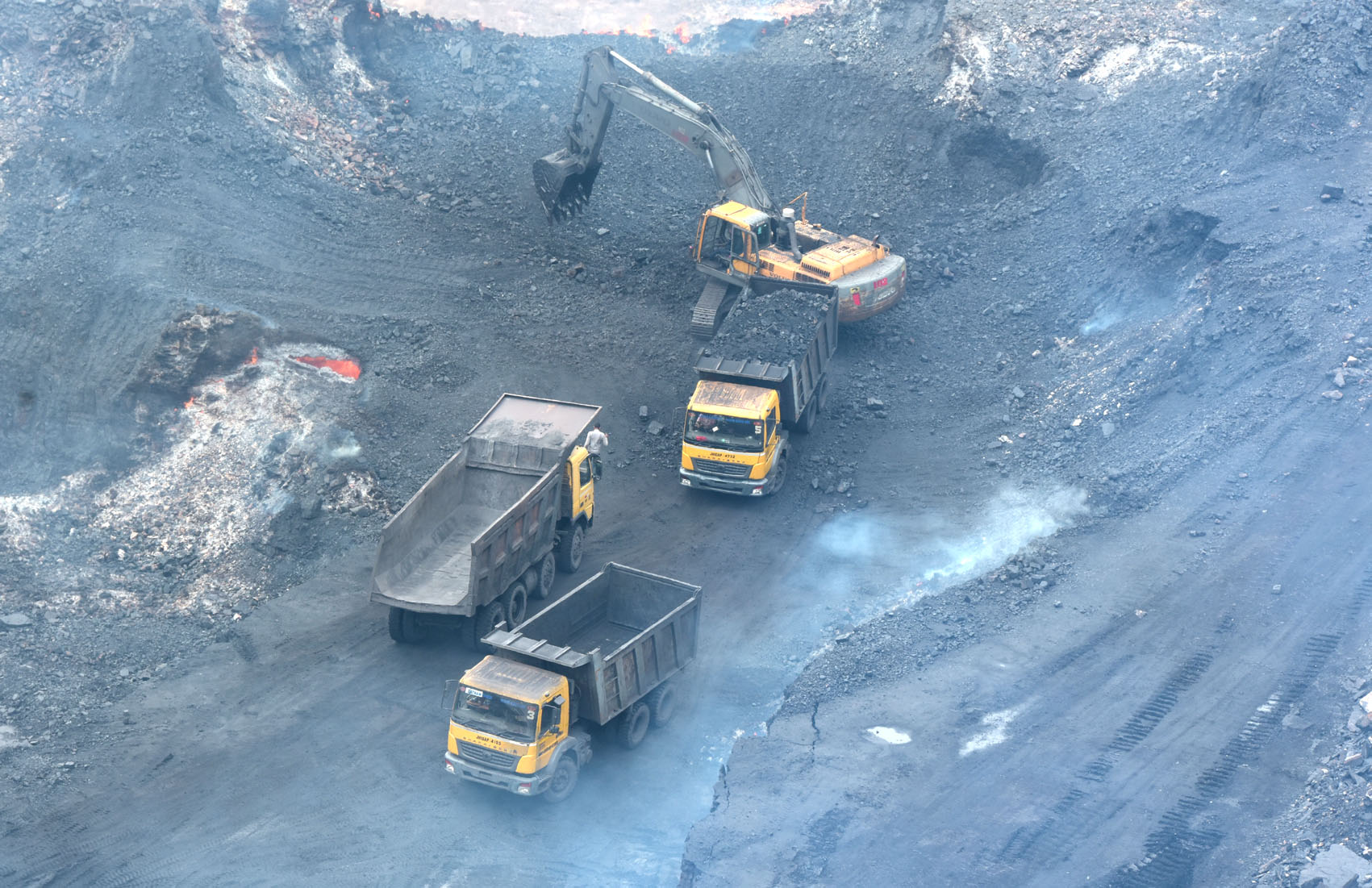The Union cabinet on Wednesday approved reforms in mining that will double mineral production in the next 4-5 years.
The amendments do away with the distinction between captive and non-captive mines and allowing transfer of mining leases.
A comprehensive licence for exploration and production, clarity in illegal mining, national mineral index and joint auctions of bauxite and coal mines for the aluminium sector are some of the other proposals that have been approved by the cabinet.
These reforms will be implemented through an amendment to the Mines and Mineral (Development and Regulation) Act, 1957 for which a bill will be placed in Parliament, sources said.
With the approval of the proposal for reforms, legacy issues related to the mines will be resolved, making a large number of mines available for auctions. It will help strengthen the auction-only regime and boost transparency in the system.
“It will require an amendment in section 10A (2)(b) and 10A (2)(c) of the MMDR Act,” a source said.
The reforms include removing the distinction between captive and non-captive mines and introduction of an index-based mechanism by developing a National Mineral Index (NMI) for various statutory payments, among others. In order to boost exploration, there will be a review of the functioning of the National Mineral Exploration Trust (NMET). NMET will be made an autonomous body.
Private entities will also be engaged in exploration works now. Simplification of exploration regime will also be done to facilitate seamless transition from exploration to production.
Approval has also been given for amendments to be made in the District Mineral Foundation (DMF) guidelines. The amendments are aimed at spending DMF funds on people living in directly affected areas. "These funds are intended to be utilised better with more visible outcomes," the source said.
Local Member of Parliament (MP) will be a member of the DMF Governing Council. "Captive mines will be allowed to sell up to 50 per cent of the minerals excavated during the current year. Based on the experience in the coal sector, it has been proposed to provide 50 per cent rebate in the quoted revenue share for the quantity of mineral produced and dispatched earlier than scheduled date of production," the source said.
Based on wide consultation with various stakeholders comprising states, ministries, industry associations, public consultation and NITI Aayog, it was felt that only major structural reforms can help India become ''Aatmanirbhar'' in the mineral sector, sources said.
The major objective of the reforms is to generate huge employment opportunities, reduce imports and increase production by bringing large mineral blocks into auction.
The government had last month said the country's mining sector will see "hectic activity" in the new year.
"The year 2021 will see hectic activity on the mining side because the reforms which have been in waiting for some time, they (reforms) are likely to be approved in the month of January which will involve some changes in the MMDR Act and some changes in the rules, all meant to liberate the sector," Mines Secretary Anil Kumar Jain had said.
"It is going to bring into play a large number of mining blocks so the production in most of the minerals resources will see quantum jump because of these mines which will become available for interested parties in the calendar year 2021," he had added
Under the Aatmanirbhar Bharat scheme, the Centre had in May last year announced enhancing private investments in the mineral sector and bringing in other reforms. The mines ministry had proposed legislative amendments to the MMDR Act, 1957 for undertaking structural reforms with the objective of accelerating growth and employment generation.
They are also aimed at resolving legacy issues to move towards an auction-only regime for allocation of mineral resources, removing the distinction between captive and non-captive mines, developing a transparent National Mineral Index and clarifying the definition of illegal mining, among others.











